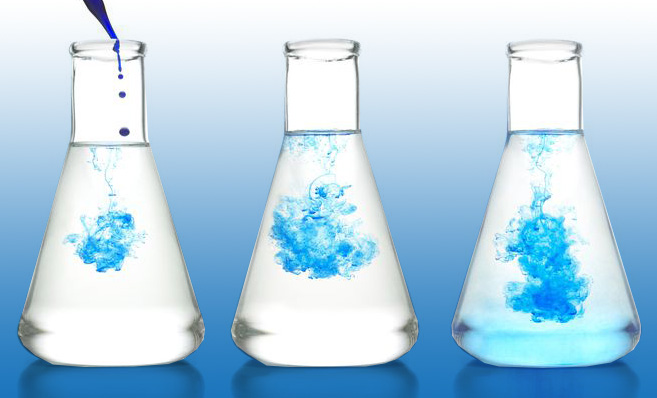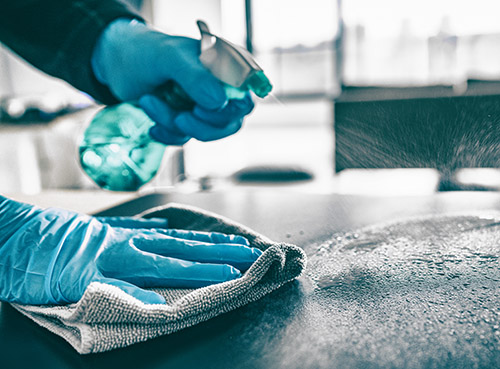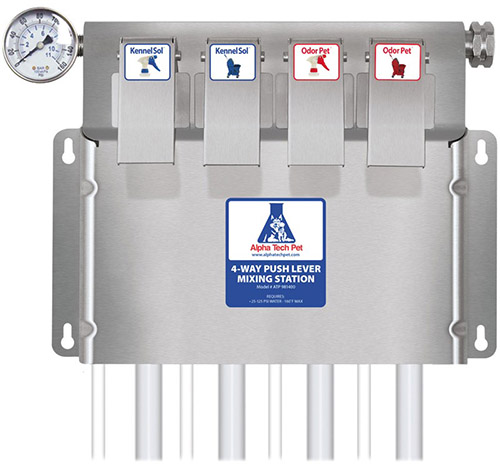
Keeping your home or place of work clean and sterilized, especially in the post-COVID landscape, has recently taken on new importance. There are powerful disinfectants that you can buy today that will accomplish this, but most of these disinfectants come in concentrated form. This means that you have to dilute the disinfectant of your choice, usually in water, before you can use it properly.
That being said, it’s important to ensure you get the dilution of disinfectants right. If you don’t get the ratio of disinfectant to water right, you run the risk of affecting the efficacy of your disinfectant. Here’s what you need to know about inaccurate dilution, what it can lead to, and ways to get around the problem.
What is Dilution?

On the outside, dilution is simple. It’s the process of reducing the concentration of a liquid by mixing it with another liquid. In the context of cleansing agents, a disinfectant that comes in a concentrated form needs to be diluted by adding it to another liquid (like water) to make it effective. The ratio of disinfectant to water needs to be precise – one ounce of disinfectant per gallon of water, for example – for the disinfectant to be effective.
Effects of Lower Concentration of Disinfectants
Over-diluting a disinfectant means it doesn’t work as well. It makes sense: if you dilute your disinfectant too much, the potency of the disinfectant suffers and it won’t be strong enough to kill pathogens as effectively. It also raises the possibility that the organisms exposed to this low-potency disinfectant can develop resistances over time from these low levels of exposure, making them even harder to eliminate.
Effects of Higher Concentration of Disinfectants

If over-dilution leads to an ineffective disinfectant, it’s natural to think that under-dilution solves this problem. However, not diluting a disinfectant enough has a whole host of other problems; concentrated disinfectants are often toxic before dilution. This means that using a disinfectant that hasn’t been diluted enough can be harmful to your health, harmful to the health of animals, and even harmful to the environment!
How Getting It Right Is Difficult
So, it’s no good to over-dilute your disinfectant and it’s no good to under-dilute it as well – making it important to hit the exact ratio needed. This isn’t easy, though, especially if you’re dealing with larger batches of disinfectant or if you have to juggle different types of cleansing agents. You might not always have access to graduated measuring cups or pails to mix your liquids together, and that leads to having to “eyeball” your ratios. This can be a recipe for disaster if you get unlucky!
Mixing Stations – An Advanced Solution

Thankfully there are methods for taking the guesswork out of the dilution of disinfectants. Chemical dilution systems can help make the process automated, adding just the right amount of water to dilute specific disinfectant products to the right ratio. Using a chemical mixing station means you don’t have to eyeball your ratios. No more risk of under or over-diluting your disinfectant means eliminating both the possibility of not cleaning your facility properly and the risk related to being exposed to toxic levels of over-concentrated cleaners. It’s the perfect solution for any facility with high disinfecting requirements.
For more education information contact Tom Bissanti: Tom@AlphaTechPet.com or visit our pet industry education website.